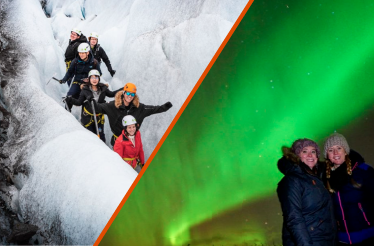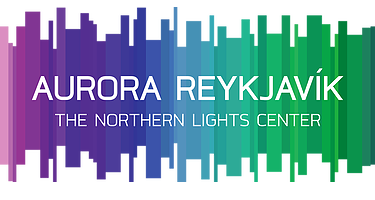Watch the cold fire dance
Fulfill your dream and join us on a Northern Lights excursion
MONTH-BY-MONTH GUIDE TO THE ICELANDIC WINTER SEASON
Iceland is a land of two seasons. Spring and fall occasionally appear for few days with their middle-season mildness, blossoms and colors, but the main distinction between seasons is based on sunlight or its lack thereof: summer blesses us with endless hours of daylight and the midnight sun; winter instead has short, dark days – and spectacular northern lights.
The long Icelandic winter is an eventful time of the year. Each month has something to offer in terms of activities, festivities and culinary traditions, and the frequent appearances of Lady Aurora make this whole period extra special.
In fact, the northern lights and winter season go hand-in-hand, as the phenomenon is only visible at night, in darkness.
Night skies and longer hours of darkness, when accompanied by good weather and solar activity, and a bit of luck, often translate into amazing Aurora Borealis displays – a truly unmissable show!
All winter season can offer northern lights sightings, but statistically not two months are the same.
To help you choose the best time for your northern lights getaway in Iceland, here is our month-to-month guide to winter in Iceland.
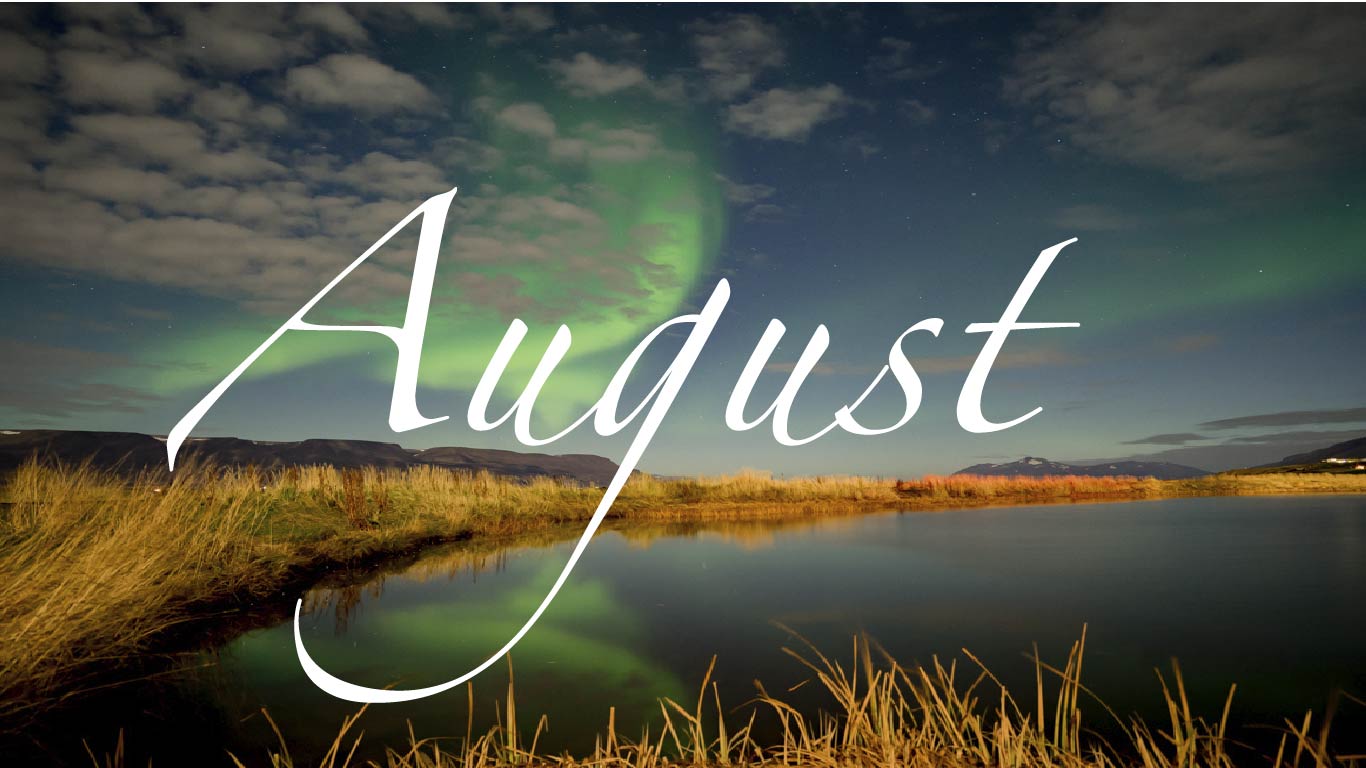
In August darkness returns to our Nordic shores, after months of total daylight. Days are progressively getting shorter and shorter at this time, and that is especially noticeable in the second half of the month, when the northern lights season kicks off. Although still something of a rare occurrence compared to darker months, the period has often surprised us with good Aurora shows.
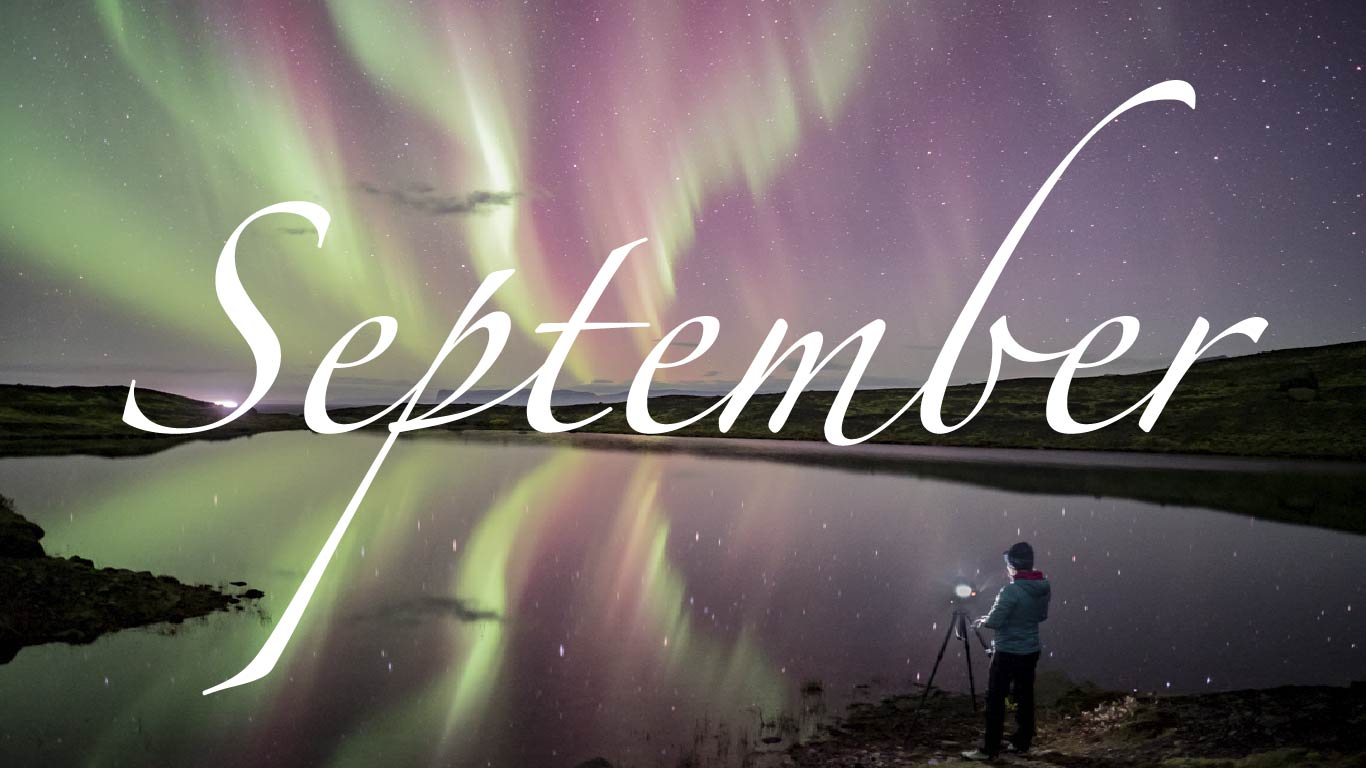
The northern lights season really takes off in September.
At this time, the autumn equinox affects the intensity of the auroral activity, gifting us with stronger, brighter displays.
Enhanced activity, combined with shorter days and mild nights, make of September one of the best months for northern lights hunting in Iceland.

Iceland takes one last warm breath before chilling temperatures and arctic winds freeze the land.
The northern lights season has at this point really started and lake-side locations are an absolute favorite.
Lakes and ponds have not yet frozen, and their reflective liquid surfaces enhance any Aurora sighting by “doubling” the lit-up sky.
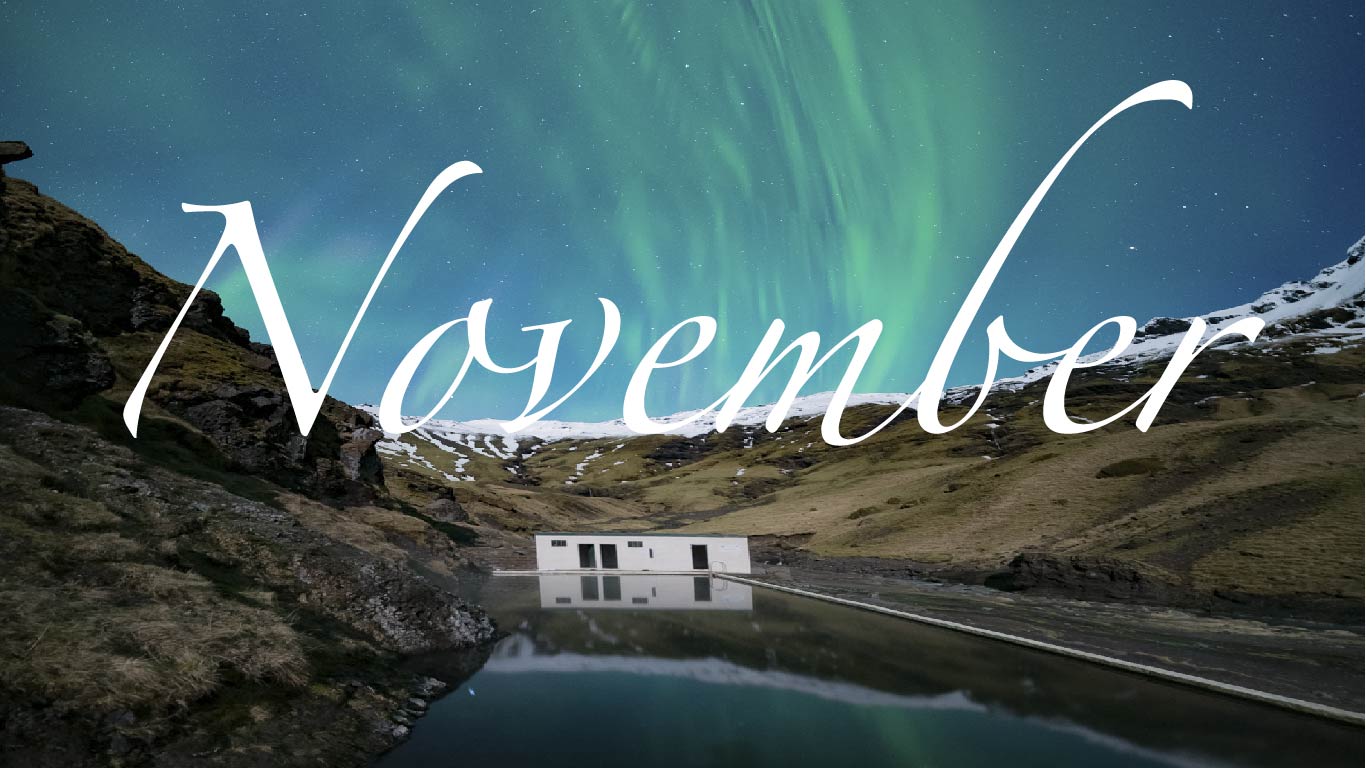
Hello darkness, we missed you. November is the first “dark month” of winter, with the total hours of daylight sharply reduced from about 8 to 5 within the 30-day period.
That’s great news for all northern lights enthusiast, who can also hope in the first snow to make its appearance around this time.
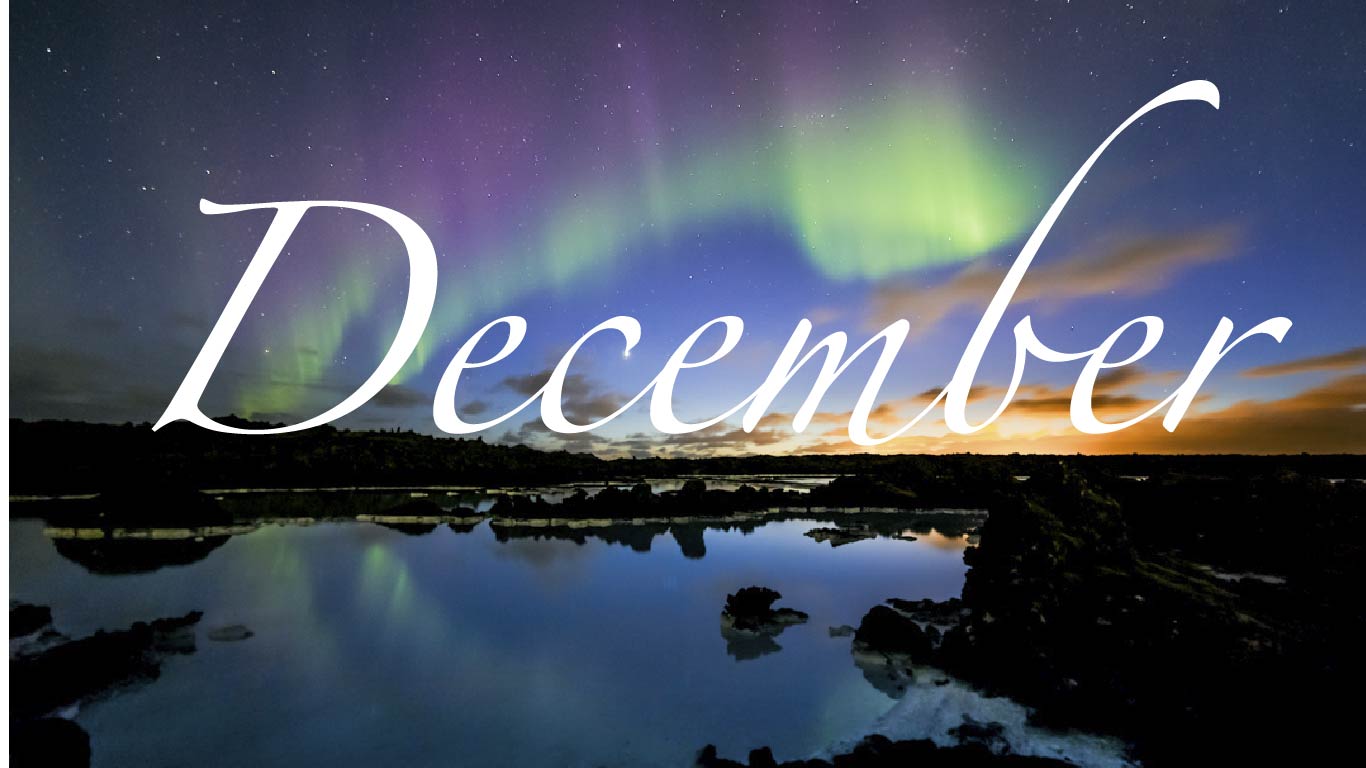
Iceland takes one last warm breath before chilling temperatures and arctic winds freeze the land. The northern lights season has at this point really started and lake-side locations are an absolute favorite. Lakes and ponds have not yet frozen, and their reflective liquid surfaces enhance any Aurora sighting by “doubling” the lit-up sky.
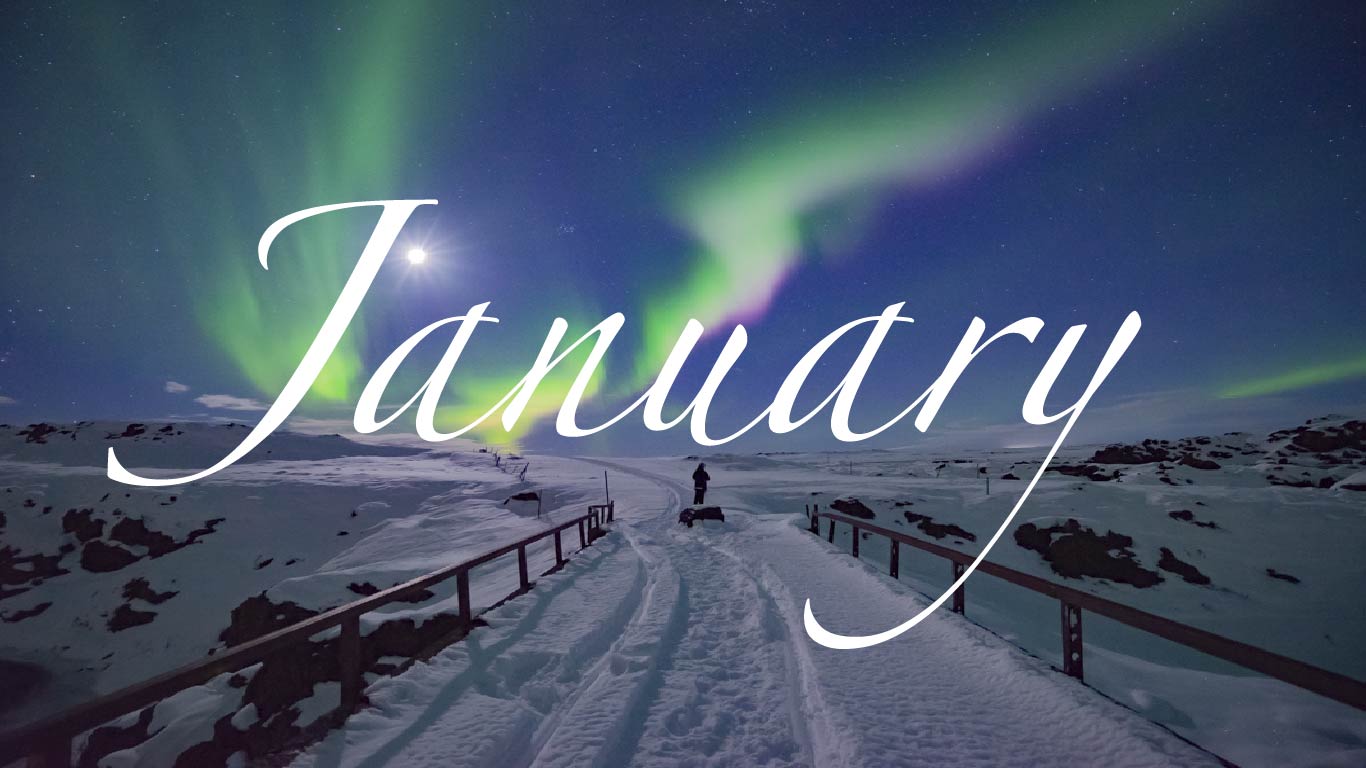
Weather can be unpredictable in the middle of winter, with blizzards and extreme winds a common occurrence. On clear, crispy nights, it is though possible to experience some mesmerizing northern lights, and the contrast with the heavily snowy grounds will make your Aurora shots shine.
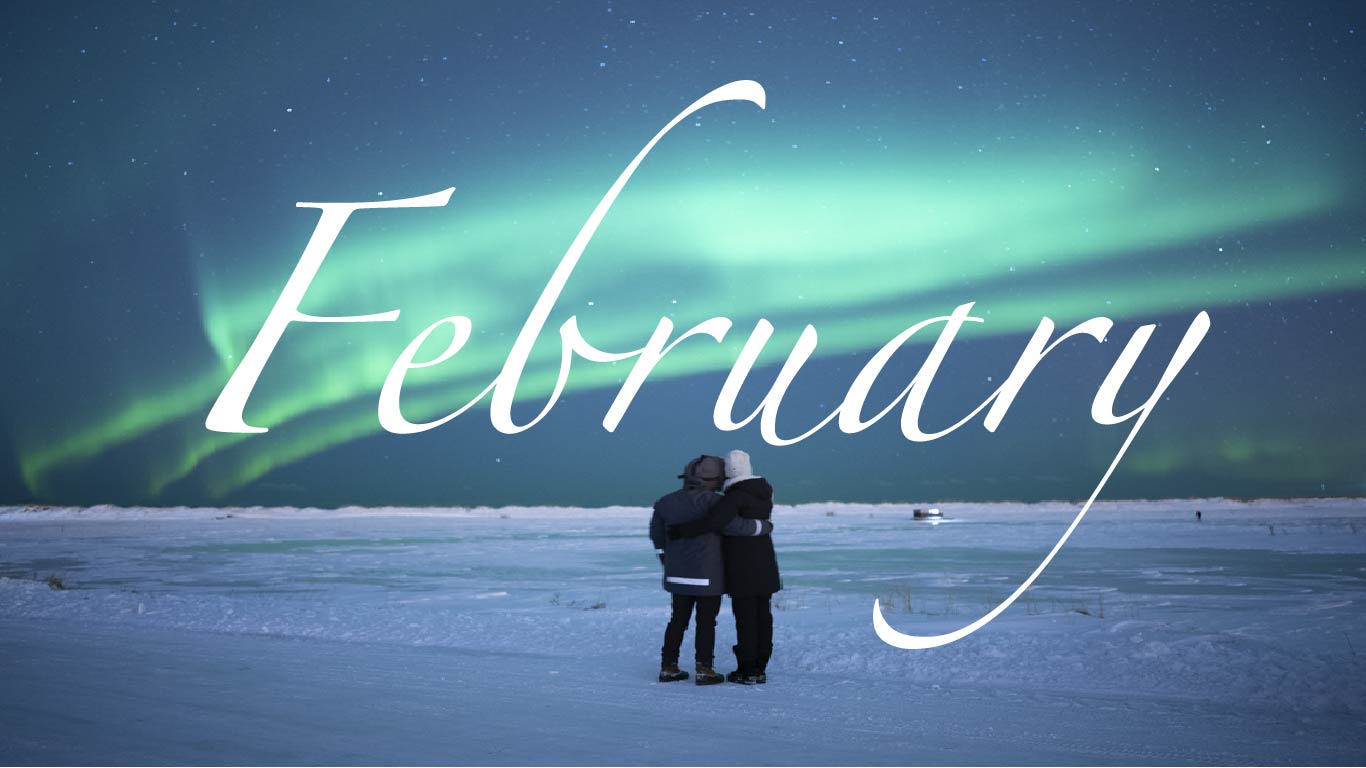
February marks the beginning of the winter high season in Iceland. Travelers in February can enjoy longer hours of daylight and a wide range of northern lights hunt options.
Aurora excursions sell out quickly, so booking your tour well in advance is recommended.

The best northern lights of the season can often be seen in March, thanks to the spring equinox and more stable weather.
Northern lights enthusiasts travel to Iceland from all around the globe at this time, hoping to experience the enhanced Aurora activity and take the perfect shot at the phenomenon.
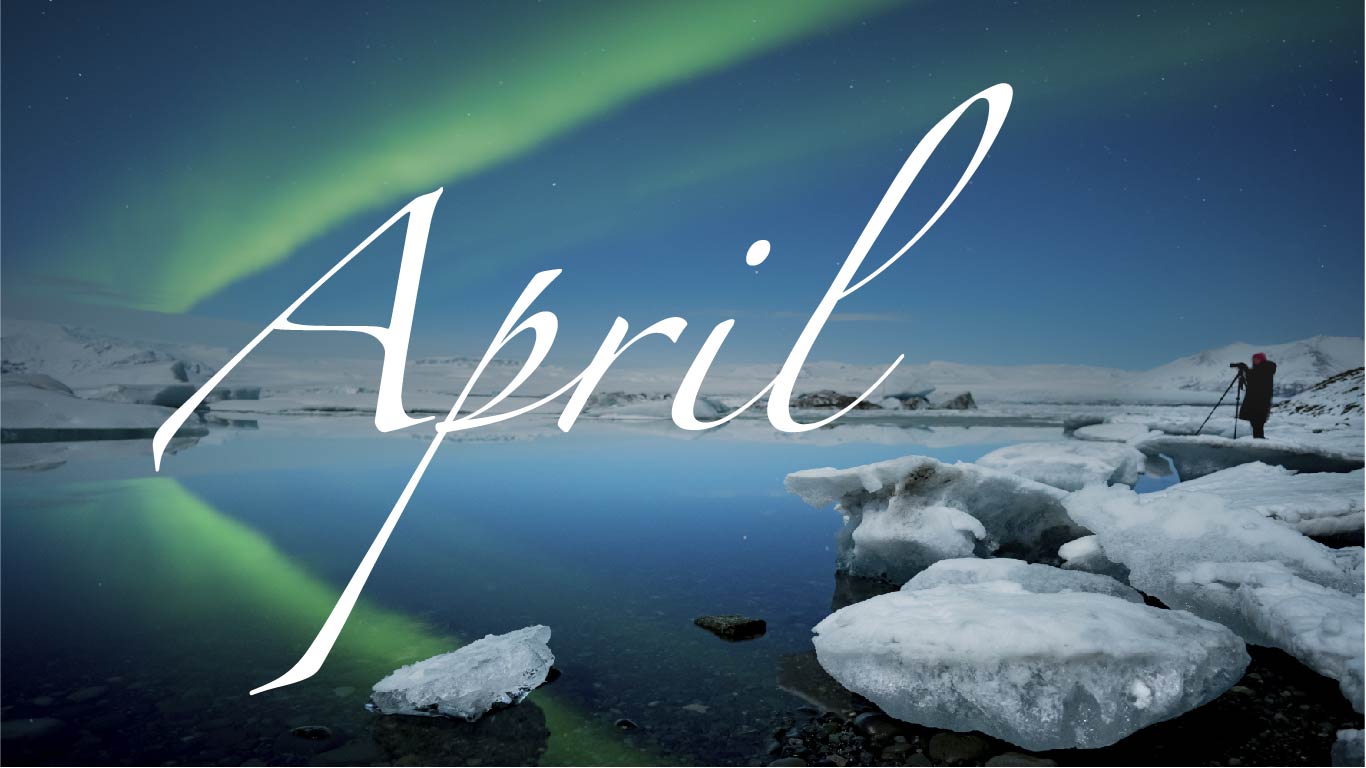
April marks the end of the winter season.
Milder weather and melting snow suggest summer is around the corner, and travelers can still hope to experience the last northern lights of the season in the first half of the month. Aurora tours traditionally run until April 15th.
Northern Lights Tours
Best selection of northern lights tours in Iceland
We fully recommend these collaborators since we’ve known them for years and are sure they are reliable and professional.
Free retry if lights are not seen
Seeing the aurora is the dream of many who come to Iceland, but alas, those unpredictable, frenetic lights tend to have a mind of their own and don’t always show up on cue. That’s why all of our tours offer you a free retry.
Best price guarantee
No hidden fees, best value for money.
Northern Lights Specials
and combo tours
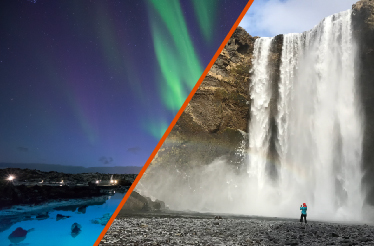
Northern Lights and South Shore
HIGHLIGHTS:
- Seljalandsfoss waterfall
- Skógafoss waterfall
- Hekla volcano
- Sólheimarjökull glacier
- Black sand beach and town Vík
- Northern Lights hunt
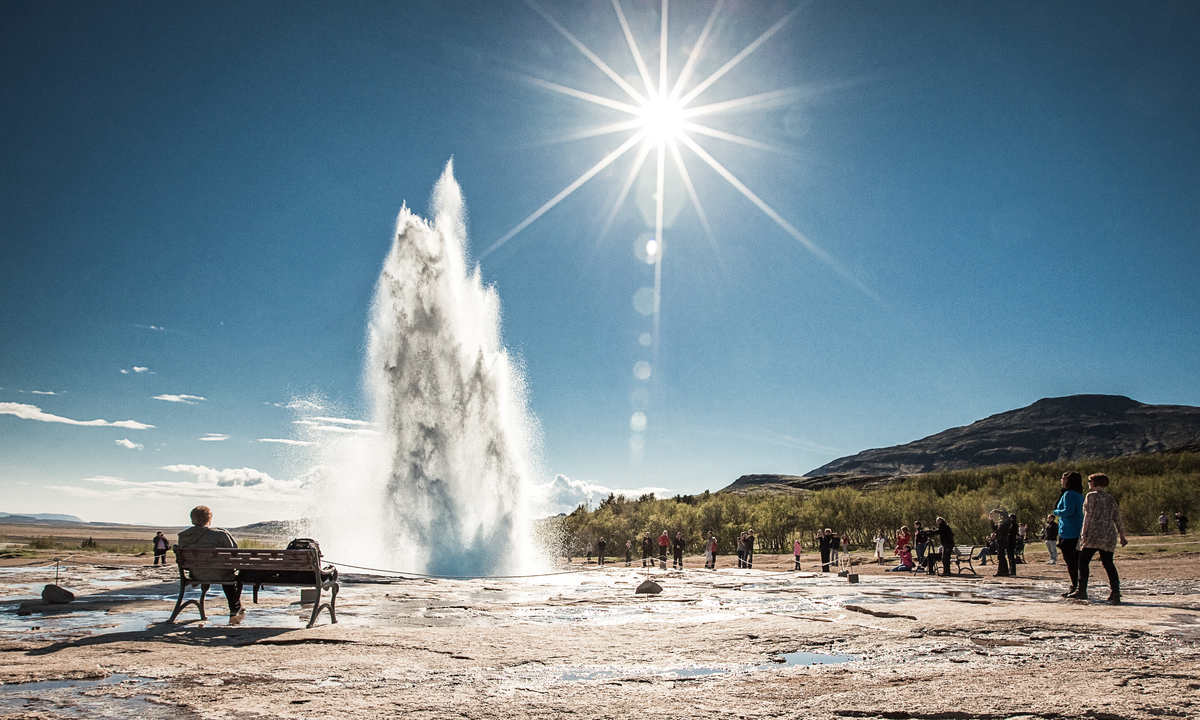
Northern Lights and Golden Circle
HIGHLIGHTS:
- See the great Geysir
- Explore the wonders of Þingvellir Nationalpark
- Experience Gullfoss, the golden waterfall
- Walk between the continents
- Enjoy a magnificent Northern Lights hunt

Warm Baths and Cool Lights
HIGHLIGHTS:
- Local style buffet
- Admission to the Laugarvatn Fontana Geothermal Pool
- Northern Lights hunt
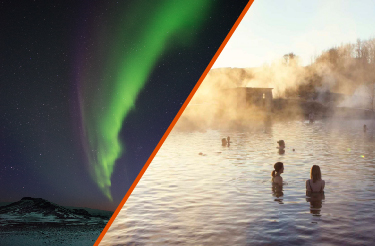
Northern Lights and Secret Lagoon
HIGHLIGHTS:
- Enjoy a bath in the secret lagoon
- Sample delicious Icelandic food
- See the Northern Lights dancing
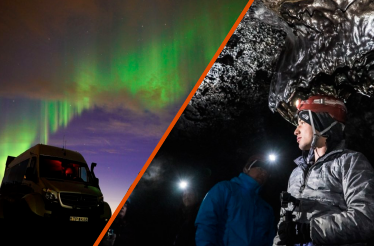
Caving and Northern Lights – Earth and Sky
This combo tour will take you into the stunning Leiðarendi Cave and raise your eyes to the sky on a magical northern lights hunt.
